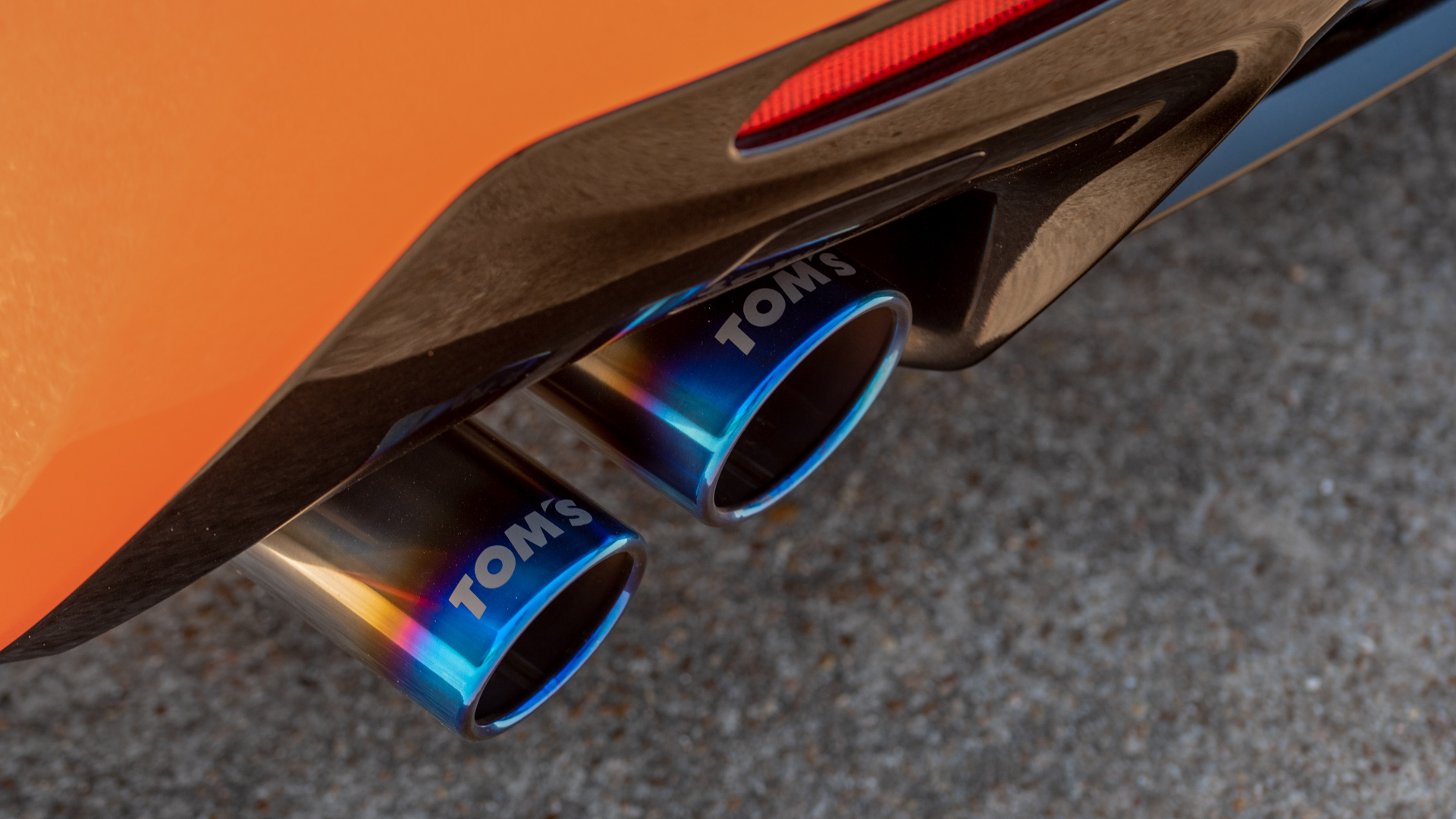

New York has long attempted crackdowns on modified cars, both through strict exhaust-noise laws with the highest fines in the country and ongoing attempts at legislation to use speed cameras to catch street racers. Now, it appears it has enlisted at least one automated noise-monitoring machine to enforce noise ordinances.
A Sunday post from a New York City automotive Facebook group shows what appears to be a noise-ordinance violation notice issued to a BMW M3. Interestingly, there was seemingly no police officer involved. Instead, the notice stated that a sound meter had recorded the M3’s decibel level as it drove by a traffic enforcement camera and registered its exhaust noise levels in violation of the law.
All personally identifying information was redacted in the post, so The Drive could not locate the owner—nor could we determine whether the M3 had been modified or not—but the notice appears to be a second-warning summons to a New York Department of Environmental Protection facility for further confirmation of exhaust noise level, with an $875 penalty for non-appearance. The notice stated the M3’s license plate had been captured by a camera but that there was also a “sound meter” that “records the decibel level as the vehicle approaches and passes the camera.”
The notice and sound meter are part of a pilot program that began in September of last year, the NY DEP recently confirmed to Road & Track in an emailed statement. It’s unclear whether NY DEP has set up these systems, however, as New York law currently only criminalizes exhausts whose noise is considered “excessive or unusual,” and leaves discretion for enforcement up to individual—presumably human—police officers. Program reevaluation will occur on June 30, according to the statement.
The Drive has reached out to the NY DEP for comment on the new system but received no response by the time of publishing.
While an initial revision of the SLEEP Act, passed last year to increase fines on loud exhausts, would have used Section 386 of the Vehicle and Traffic Law—which is also cited in the notice posted to Facebook—to codify exactly what “excessive or unusual” is defined as in decibels, the final version of the bill cut that provision and kept the “excessive and unusual” clause as law. As a result, it’s unclear what the sensors’ limits are set to or how the automated system can exercise judgment on what constitutes “excessive or unusual” and can be used for ticketing. The NY DEP said that the program isn’t related to the SLEEP Act, however.
This could get tricky, as cars come from the factory with different exhaust loudness. A stock Toyota Camry is much quieter than a stock Jaguar F-Type, for example. And if you check out this Car and Driver instrumented test, you’ll see that the McLaren 720S Spider clocks in at 99 decibels and the Mini Cooper JCW GP at 93 decibels.
Still, seeing as this is just a pilot program, hopefully, it means that more transparency can follow.
Got a tip or question for the author? You can reach her here: victoria.scott@thedrive.com.